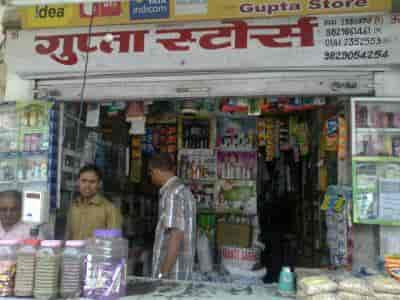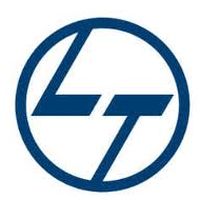How do you choose a brand name?
Have you ever chosen a name for a child? All those who have, would know that it is not easy (especially if it is your own child!) Same is the case with choosing the brand name for your business or product!There is no clear-cut answer but the issue is indeed an important one! Considering the importance of the issue, many scholars and consultants have worked on the issue and have given their own guidelines as to how to go about it. For example, Alexandra Watkins (Ex-copywriter O&M) has offered two acronyms that guide the brand name selection. First one is about what a brand name should contain / have - SMILE (Suggestive, Meaningful, Imagery, Legs, Emotional). The second is SCRATCH that draws attention towards error prone areas while naming a brand. SCRATCH stands for Spelling, Copycat, Restrictive, Annoying, Tame, Cursed and Hard.
Brand Name Considerations
Be
Different – This is a popular approach with brand managers who think ‘breaking
the clutter’ is an important contribution of the brand name. These brand
managers realize (and were also told in the branding classes) that in today’s
cluttered environment, a name that sounds strange would be a good starting
point as it grabs attention. So we see names like Ola, Oyo, 72 & Sunny and
Strawberry Frog etc. Interestingly,
the name of Alexandra Watkins (mentioned above) named her own company - ‘Eat My
Words’ and even titled her book (where she has given SMILE and SCRATCH) is
‘Hello, My Name is Awesome … How to Create Brand Names that Stick’.


Discriptor Names - Another way to decide on a brand name is to have a name that describes the product/service. Entrepreneurs “observe” a gap in the market and launch a business/product to fill it and try to name
the business as what the business does or serves. For example, Big Bazaar, Chaayos, Tea
Point, SleepWell, GoodKnight etc.


In
the series of strange sounding names, a trend is to club two words and come up
with a new name, like Band+Aid, Flip+Kart which started as a book seller or Snap+Deal or
Pay+(A)TM are some cases in point.
Finally
a practice that was extremely popular in India and which is gradually declining
is choosing the family name as the name of the business. So, right from Gupta
Stores to Tata – Birla and Godrej, many businesses preferred the name or the
surname of the founder as their brand name. In some cases, the abbreviated form
of the name or surname is used as well, like – TVS (T V Sundaram) or L&T
(Larsen & Toubro).



Which is better – brand name that tells about the product - or - a family name - or - a unique, different name with no apparent connect with business?
The answer is, as always, not straight forward! However, you can consider the following as thumb rules:
It
would take longer time and more resources to build a brand that is a family
name or a unique name that does not tell about the product or business. Simply
because you will have to spend time and resources to educate the consumers to
see, understand and learn what your brand name stands for. Consider this –
consumers will find it easy to understand and learn relatively quickly that
SleepWell is a mattress brand, whereas they will find it difficult to
comprehend the connection between the two, if the brand name was ‘Anurag’.
Summary
– if you don’t have time and money, go for a brand name that tells something
about the product or service.
On
the contrary, if you choose to have a brand name, which indicates your business
or product, then it would be difficult to diversify. Consider this – tomorrow
if SleepWell wants to diversify in Coffee business, it would be difficult (and
unwise) to put SleepWell name on a Coffee. Here the family name or a unique
name might be easier to carry. Please note that it is not ALWAYS that way. In
India, brand name TATA stands for values, trust, nation building, good
corporate practices etc. So, its easy to sell Tata Salt and Tata cars. However,
in spite of being a family name, it wont allow you full freedom. For example, you
cannot put Tata name on a Cigarette (which is considered harmful for health).
Of
course there are many more considerations … but this is a good point to start
thinking about it!








